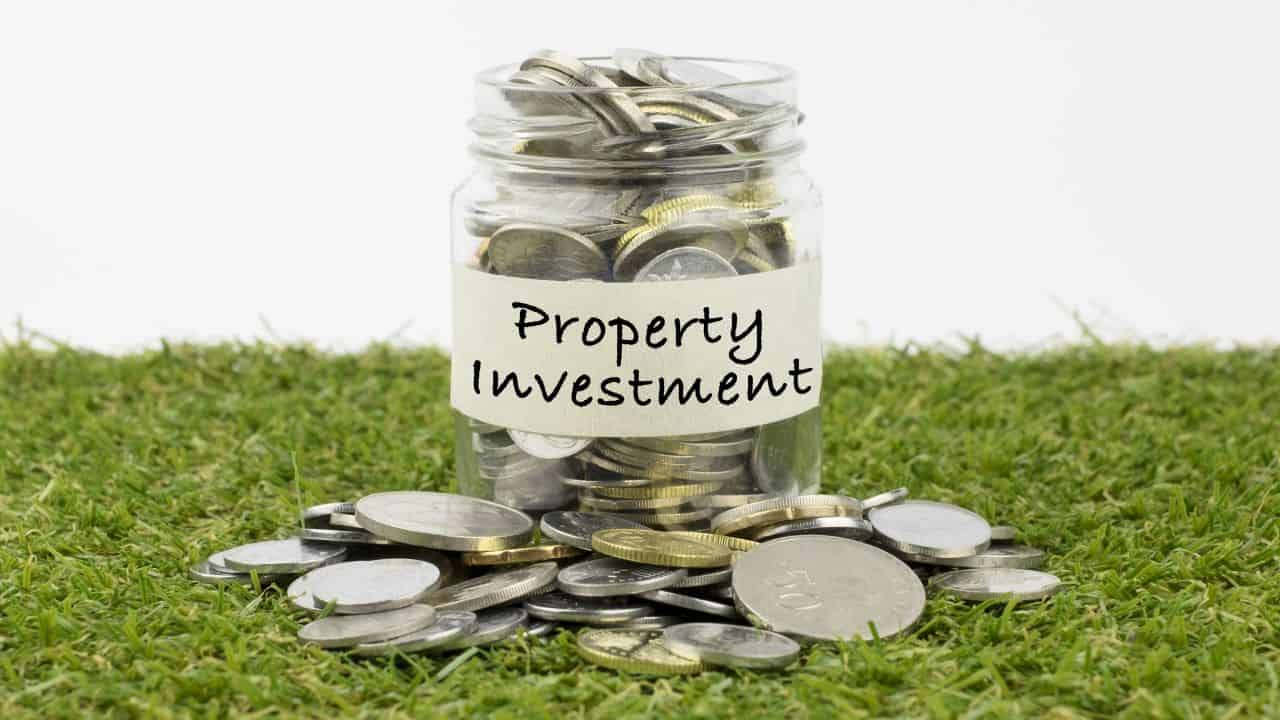
Investors are being reminded that it’s now possible to get stamp duty exemptions on probate properties.
Auction House says one of the key Stamp Duty exemptions for property traders relates to probate properties. If certain conditions are met, it’s possible for a probate property purchase to incur absolutely no Stamp Duty.
To do this, property traders must meet all of the following criteria:
- Buy a probate property from the executors or probate company. This purchase should be made in the name of your property trade business. According to HMRC guidance SDLTM21010, a ‘property trader’ is a company, limited liability partnership or partnership in which members are all companies or limited liability partnerships who buy and sell properties. This means sole traders and individuals are not eligible;
- Buy a property which the deceased person occupied as their main or only residence for two years, ending with the date of their death;
- Purchase a property in which the area of land (inclusive of the property itself) does not exceed the permitted area of 0.5 hectares.
If you are able to meet these conditions exactly, you will be able to apply for full Stamp Duty exemption by entering relief code 28 when submitting the SDLT1 to the HMRC.
But Auction House says that if you don’t quite meet the third condition for permitted area, it’s still possible to trim your Stamp Duty bill.
Provided the first two conditions are fulfilled, you can claim for partial relief. The amount of Stamp Duty charged will then be calculated on the difference between the market value of the permitted area and the market value of the whole area purchased.
Auction House says that whether you’ve gained full Stamp Duty relief or a partial exemption, you will still need to manage your purchase carefully after the sale. Failing to do so could mean your tax relief is withdrawn, and a charge incurred.
To ensure maximum tax relief, investors will need to stay within the ‘permitted amount’ allowed for refurbishment of the property. This stands at £10,000 or 5% of the price paid for the property, whichever is greater. This is capped at a maximum of £20,000.
Probate properties may not always be in the best of condition, and costs can accumulate very quickly. However, the cap of £20,000 does not include any modernisation needed for safety reasons, such as repairing faulty electrics. This gives a little more leeway when it comes to readying the property for resale.
Relief can also be withdrawn if you grant a lease or licence of the dwelling, or allow any of your employees, principals or anyone linked to them to live in the property.
Probate properties have real potential for property traders, explains Oliver Prior, National Commercial Director of Auction House.
“Properties can often be purchased at below market prices, particularly at auction, due to the need for refurbishment and the executors’ preference for speed of transaction. With the right modernisation programme, they can be resold for a very attractive profit. However, this profit can be significantly impacted by Stamp Duty, so it’s hugely advantageous for property traders to remember to apply for the exemptions available if they meet the conditions.”
Please visit:
Our Sponsor
